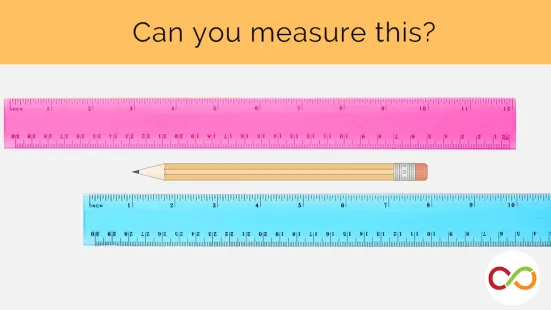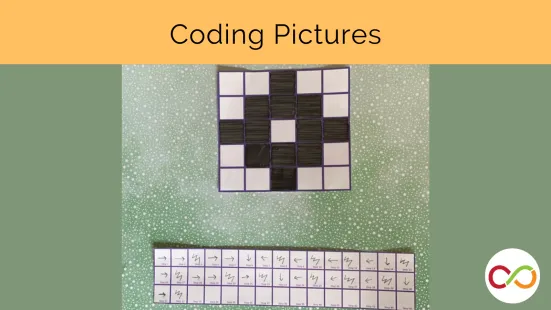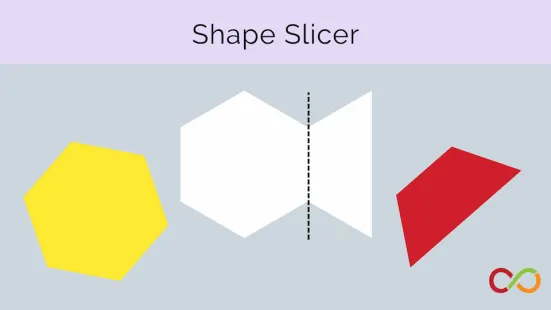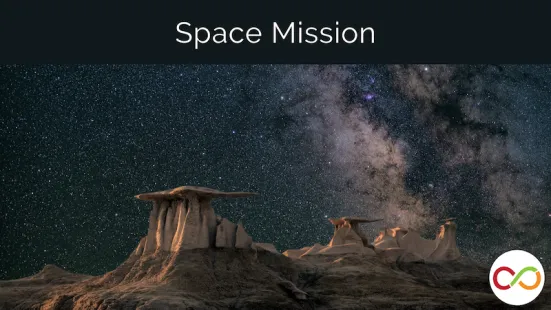Lesson Plans
Introductory text.
Designs and Patterns on Grid
Image
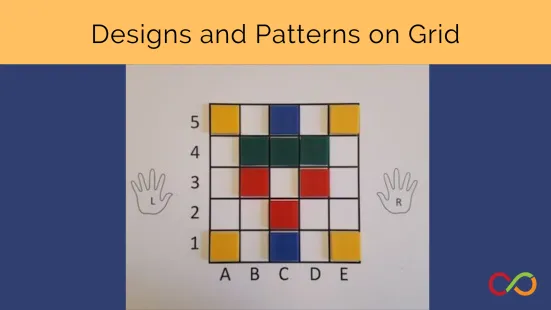
Students read letter-number coordinates by creating designs and patterns on grid.
100 Frame Bingo
Image
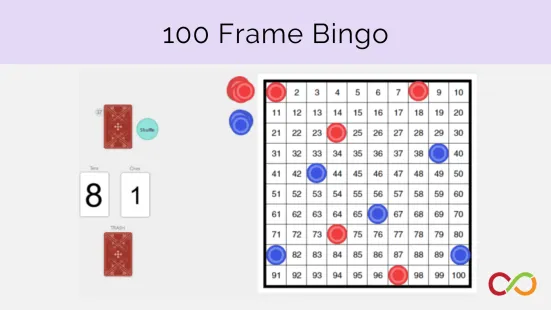
Students will practice arranging place value to compose two-digit numbers in this variation of Bingo.
Alphabetical Statistics: Part 1
Image
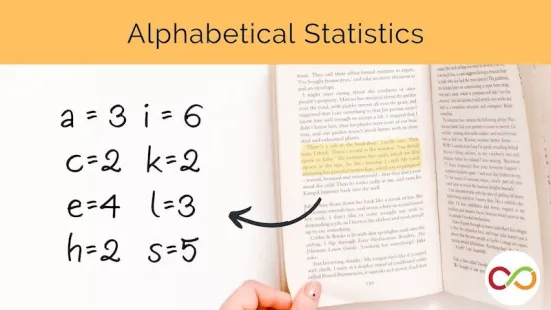
Using excerpts from books, students predict, collect samples, and compare their findings to make statistical inferences about larger sets of data.
Alphabetical Statistics: Part 2
Image

Using excerpts from books, students predict, collect samples, and compare their findings to make statistical inferences about larger sets of data.
Animal Grid Game
Image

Students love this offline coding lesson! They get to be the zookeeper feeding animals.
Area and Perimeter
Image
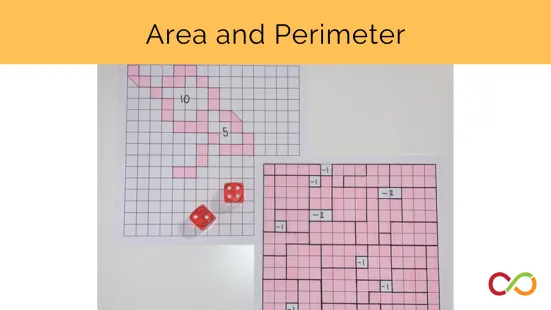
Students use the sum of two dice to create the perimeter and area of shapes on a grid.
Astronomy
Image
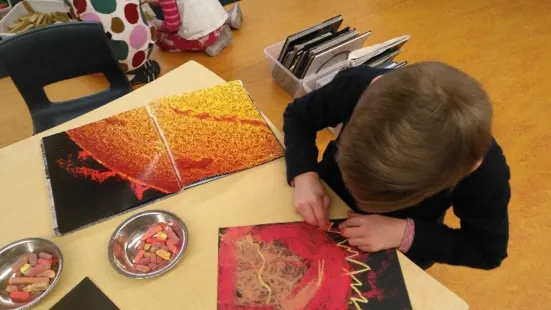
There are many ways to start an inquiry. One effective way is to use a story that focuses children’s attention on a specific topic.
Barrier Game
Image
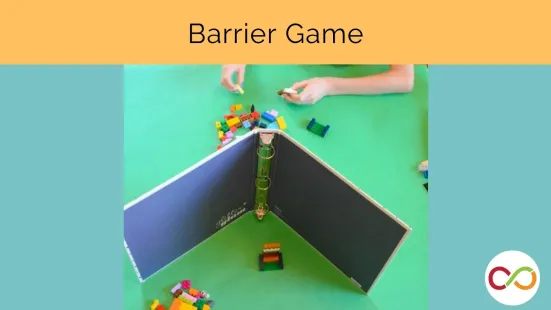
One student builds a structure and gives instructions to his/her partner to build an identical structure.
Base Ten Block Quick Image
Image
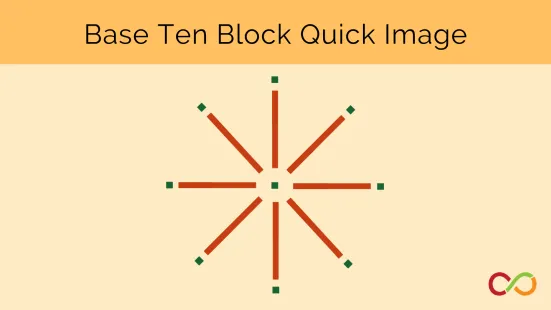
One student builds a structure and gives instructions to his/her partner to build an identical structure.
Bird Gliders
Image
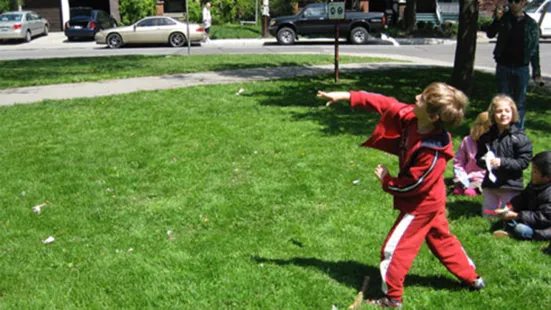
Take a peek at what the students learned about flight and how that informed their creative designs!
Block Party
Image
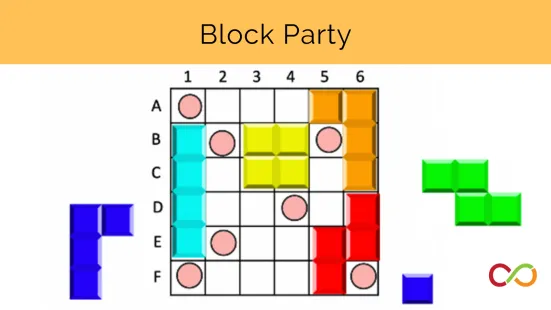
Using their spatial skills, students transform and relocate unique shapes on a coordinate grid, attempting to avoid their opponent's pegs.
Box or Not?
Image
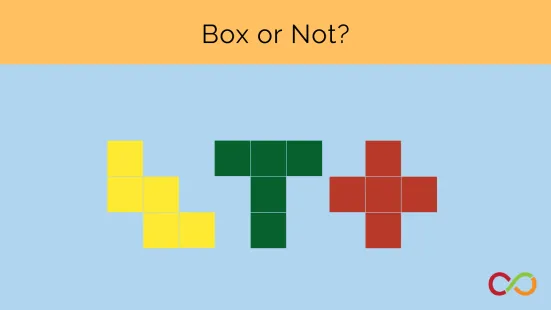
Students sort and classify 2D/3D figures by geometric properties and using spatial language.
Build a Structure from 3 Different Views
Image
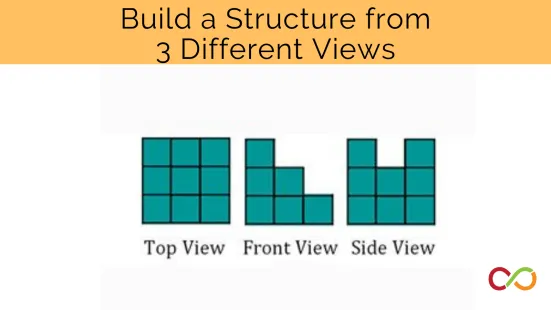
Students learn how to compare and sort 2D/3D images while using positional and directional language
Building a Graph
Image
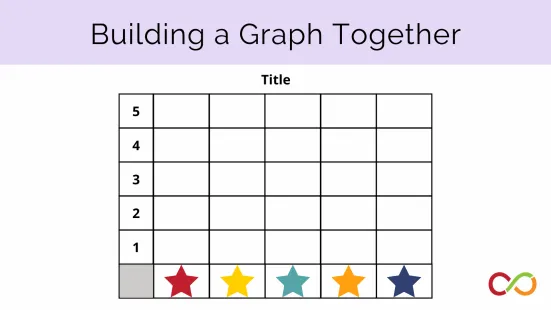
Students and their teacher review different components of a graph and build a graph together.
Building Birds Nests
Image

Students construct their own bird nest made of items they think are good options for a bird's nest.
Building Towers
Image
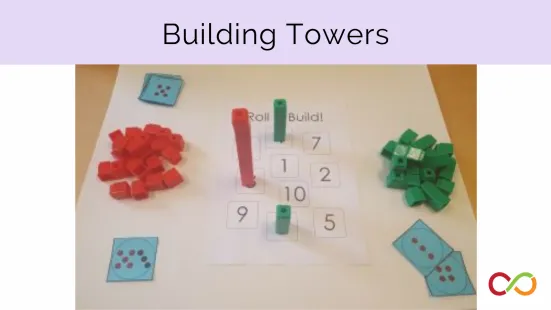
Students use a number card to build a Unifix tower and compare to determine whose tower is taller.
Building with the Mind's Eye
Image
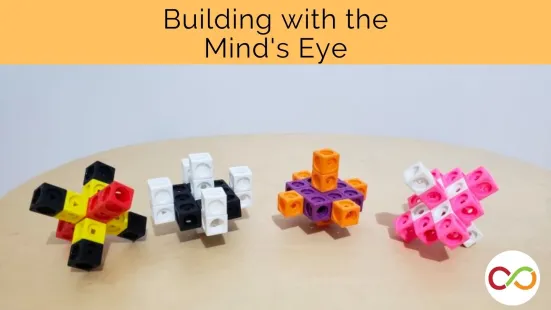
Students visualize and build a figure in their mind's eye. Then they describe it for the class.
Can You Draw This?
Image
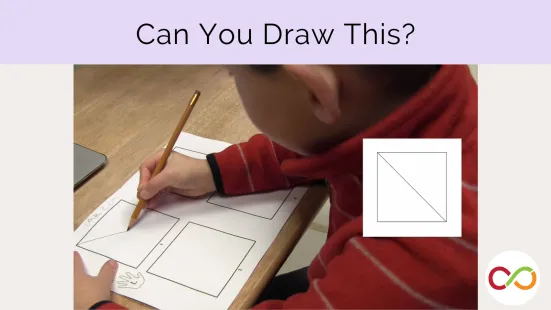
Students are briefly shown a series of designs inside a square and must recreate them from memory.
Can You Make a Square?
Image
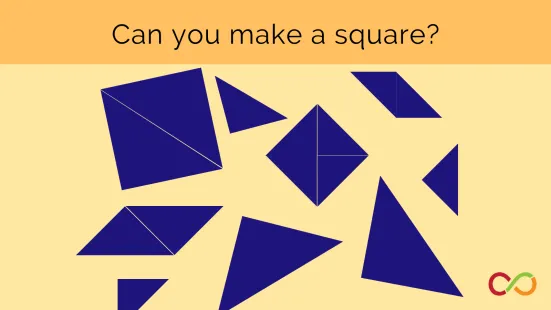
Students use spatial reasoning to create squares using different tangram combinations.
Card Collectors
Image
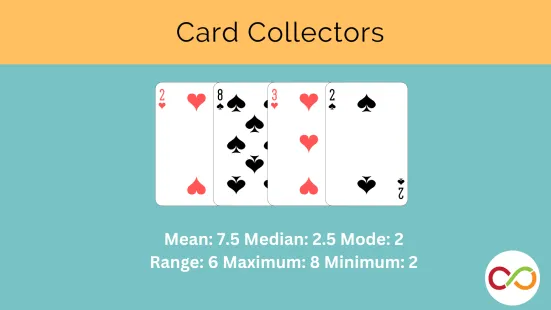
Students work in teams to determine the maximum, minimum, mean, median, mode and range of a group of playing cards.
Circle to Bar Graph
Image

What is easier to read - a circle graph or a bar graph? Children discover the answer in this lesson.
Collect the Shapes
Image
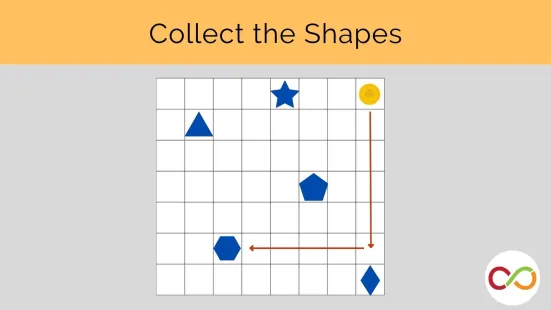
Children collect 2D shapes on a grid by giving directional instructions and answering questions on shapes attributes.
Copy My Flag
Image
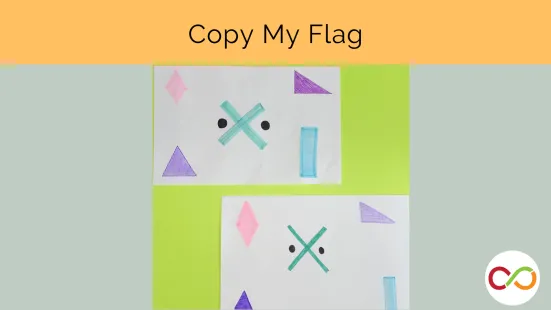
Students will practice their spatial language as they design and describe their geometric flags to their partner.
Crocodile Bridges (Counting Crocodiles)
Image
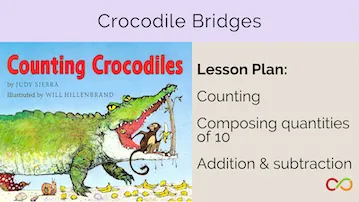
Students practice composing quantities of 10 using multilink cubes to cross their very own Silibobble Sea.
Cube Challenge
Image
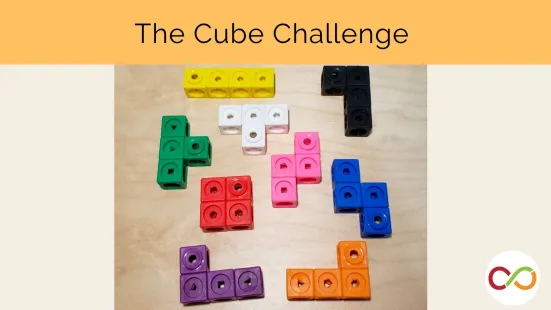
In this lesson, students work together to build 21 unique structures out of 3, 4, and 5 unifix cubes. Can you build them all?
Cuisenaire Rods
Image
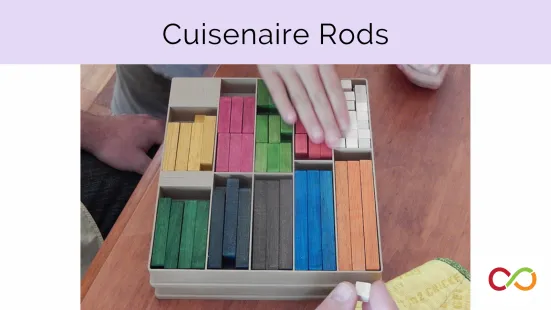
Students investigate relationships between numbers by comparing the size of cuisenaire rods.
Daily Calendar
Image
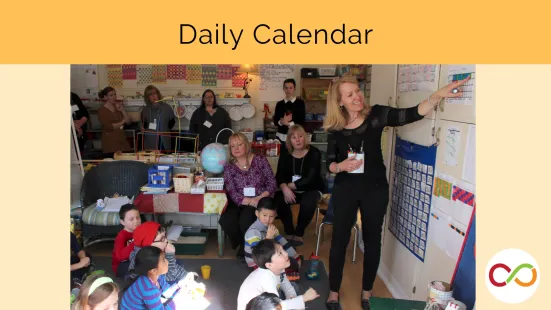
This daily lesson with many small activities gives students the opportunity to practice all five strands of math every day.
Dice Toss
Image
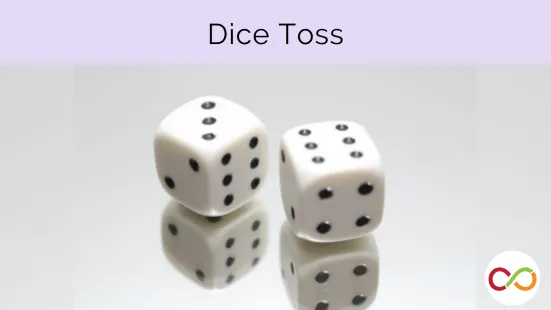
Students engage in a simple probability experiment that requires dice and mental math strategies.
Dominoes Parking Lot Game
Image

Students are challenged to place dominoes in their corresponding parking spot.
Don't Break the Hex
Image
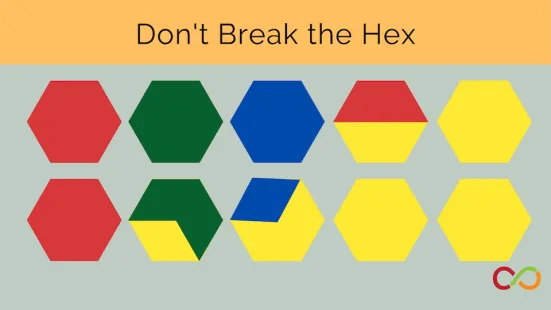
Students cover hexagon blocks with pattern blocks in this don't-get-caught-with-blocks-in-your-hand game!
Doubling Up
Image
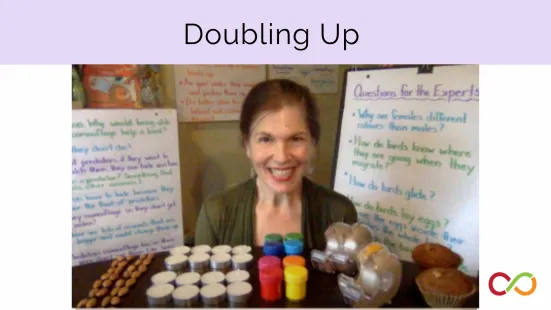
Help children understand exponential growth and doubling with this fun hands-on activity.
Experimenting with Gravity
Image
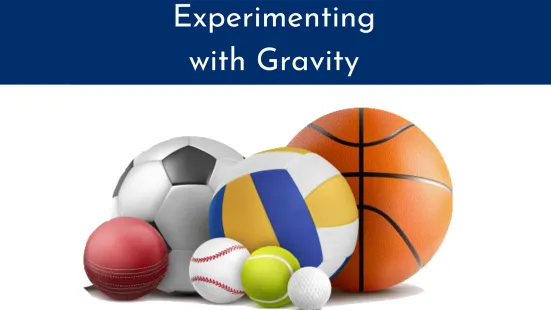
Demonstrate an understanding of forces and how they lead to movement and changes in movement.
Exploring Bird Nests
Image
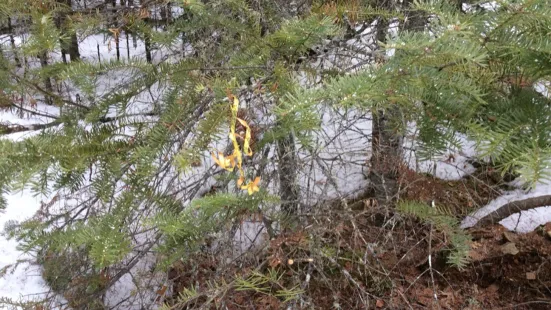
Students observe bird nests and discuss which materials are best used in their construction.
Exploring Tangrams
Image
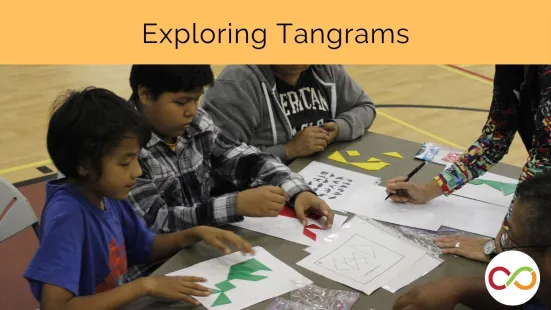
The history behind tangrams is a great way to explore composition, decomposition and spatial reasoning.
Exploring Water: A Grade 1 Science Inquiry
Image
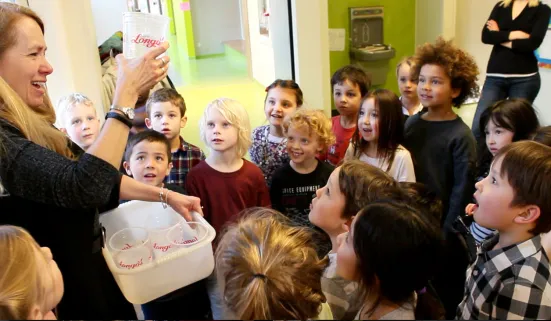
Grade One Teacher Zoe Donoahue is leading her students on an inquiry into water and she is sharing the journey with The Robertson Program. Water provides many paths to learning, including earth sciences, chemistry, geology and biology.
Exploring Water: A Grade 4 Science Inquiry
Image
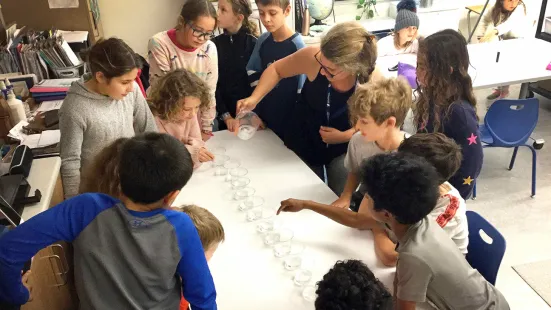
Grade Four Teacher Robin Shaw is leading her students on an inquiry into water and she is sharing the journey with The Robertson Program.
Garden Patio
Image
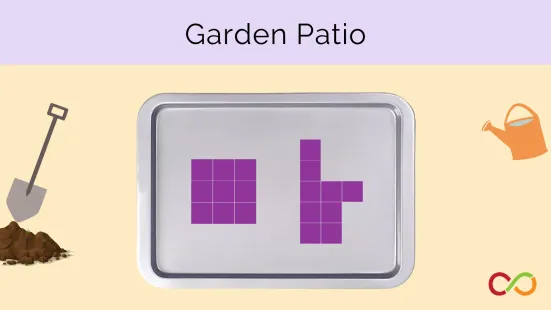
Children explore measurement and geometry and spatial sense through a narrative about a garden patio.
Graphs on Paper
Image

Students practice precise graphing skills by using a graphing package to sort and classify objects.
Gravity
Image
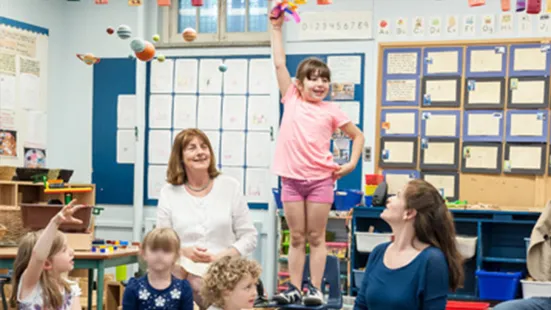
In an attempt to explore this question and other aspects of Gravity further, students designed and implemented a number of creative experiments.
Growing Patterns
Image
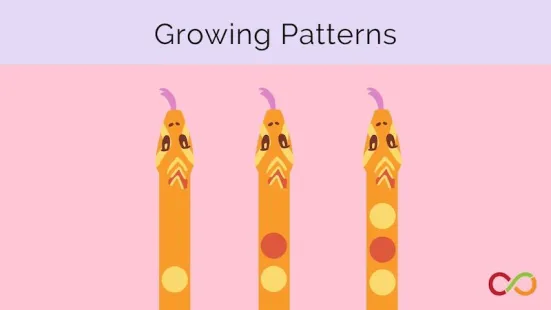
Through a story about magical snakes, children think about numerical patterns.
Hexagon Card Game
Image
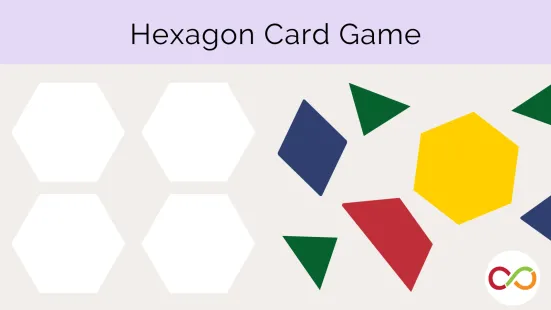
Students race to completely fill in the outline of a hexagon using different combinations of pattern blocks.
How Many Seeds in a Pumpkin?
Image
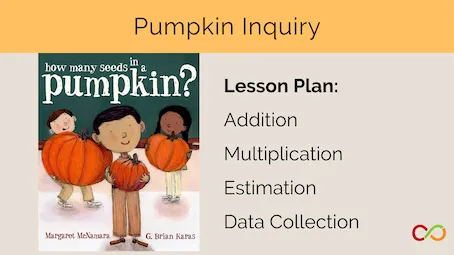
Explore addition, multiplication, data management, and the relationship between size and capacity.
Introduction to Graphing
Image
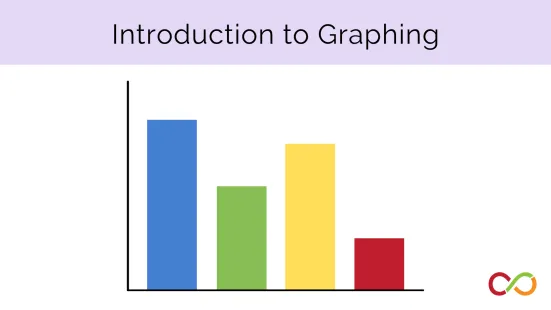
Children use previous sorting lessons to make a graph, realizing there is a clear way to display data.
Introduction to Patterning
Image

Students learn to recognize and extend patterns in different contexts, as well as identify features that define a pattern.
Introduction to Venn Diagrams
Image
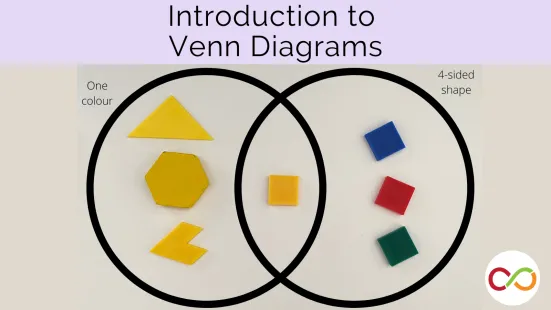
Introduce students to one of the essential hallmarks of elementary data management: the Venn Diagram.
Ladybug Houses
Image
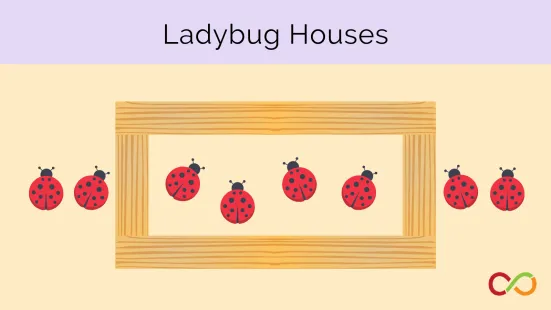
Students develop an understanding of numbers by comparing ladybugs inside vs. outside of a house.
Ladybug Patterns
Image
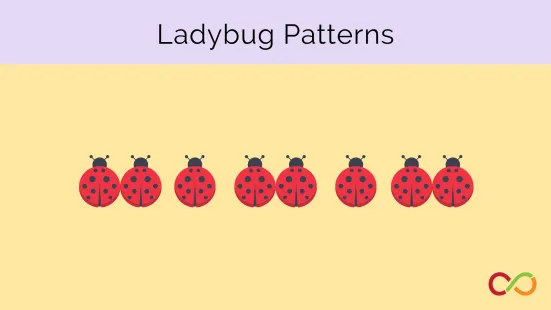
By using only one kind of material, students are challenged to think about making patterns in a different way.
Letters for Environmental Change
Image

Analyze the immediate and long-term effects of energy and resource use on society and the environment and evaluate options for conserving energy and resources.
Making Clocks
Image

Students explore ways of measuring the passage of time by making their own clock!
Measuring the Circumference of a Tree
Image
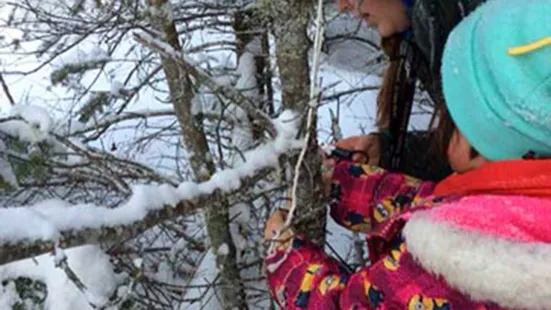
Students use standard units of measurement to measure and compare the circumferences of trees.
Mini Beasts
Image
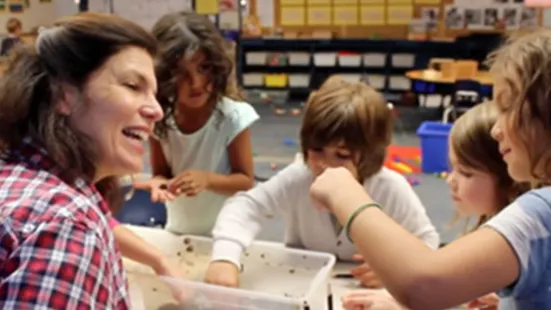
Carol Stephenson, Kindergarten teacher at the Dr. Eric Jackman Institute for Child Study Laboratory School, brings us inside her classroom to share how she fosters inquiry-based learning with her students.
Moon Inquiry: Part 1 - Introduction to the Moon and Our Solar System
Image
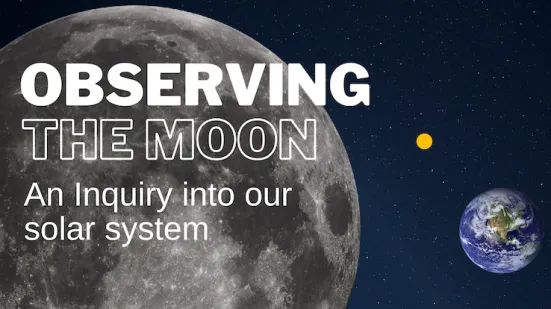
The inquiry begins by giving students the opportunity to share their questions about the Moon and challenging the misconceptions they might hold about the moon. Students are tasked with making daily observations of the Moon, noting how its appearance changes over time. Ideally, this inquiry will begin at or shortly after the new moon phase of the lunar cycle, but such precise timing is not a requirement.
Moon Inquiry: Part 2 - Tracking the Moon and Sun
Image

This lesson details the steps for filling in the observation chart that students will use to observe the changes in the Moon and Sun’s movements over the course of a 30-day lunar cycle. New information will be added to this chart every day, providing students with a rich data set from which to start asking new questions and drawing conclusions.
Moon Inquiry: Part 3 - Analyzing Our Moon Data
Image

When students have approximately seven or eight days’ worth of data (long enough for the moon to have visibly changed in appearance). they share their theories about what causes the Moon to change location and appearance over time. They also review the theories and questions they posed in Part 1 and 2 to determine whether any information they have gathered confirms any of their initial ideas.
Moon Inquiry: Part 4 - The Movement of Objects in the Solar System
Image

Students explore why the Moon appears to move through the sky and change appearance by using a digital simulator of the solar system. They observe how the planets (including Earth) move around the Sun, and how the Moon moves around Earth. They create their own 2-D models of the Sun, Earth, and Moon.
Moon Inquiry: Part 5 – Earth/Moon Orbits and Moon Phases
Image

Students continue to gain knowledge about the scale and vastness of the solar system, They use their 2-D Sun-Earth-Moon models from Part 4 to explore the orbits of the Earth and Moon impact what humans see when they look up at the sky.
Moon Inquiry: Part 6 - Research Project
Image

Students consider the significance of the Moon in different cultures and throughout history. They embark on a final research project, working together to determine the expectations for how they will present and read each other’s work.
Name Pattern
Image
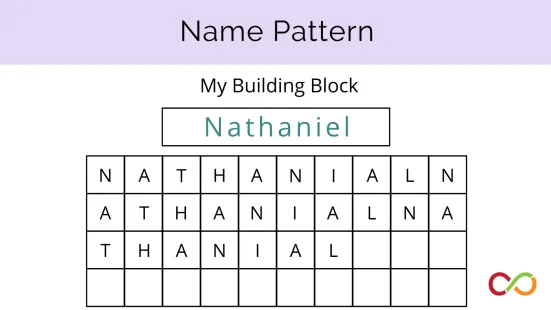
Children identify patterns in their name by using a grid and recognizing the repetition that occurs.
Number Hunt
Image
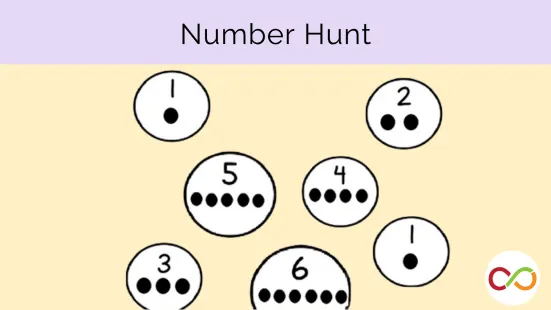
Students practice one-to-one correspondence in this fun dice-rolling, bingo-dabbing game!
Pattern Hunt
Image
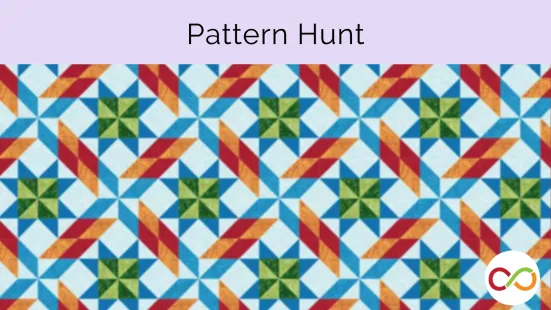
Students go on a pattern hunt to look for naturally occurring patterns in their environment.
Patterns with Beads
Image
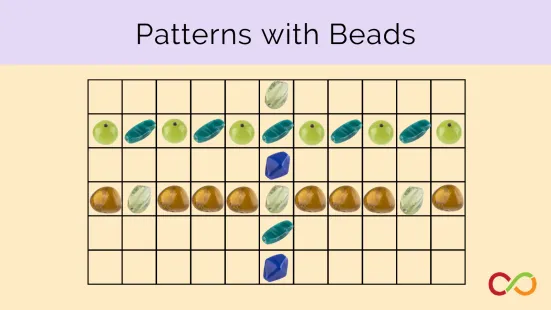
Children are challenged to make multiple patterns with beads of different sizes, shapes, and colours.
Patterns with Unifix Cubes
Image
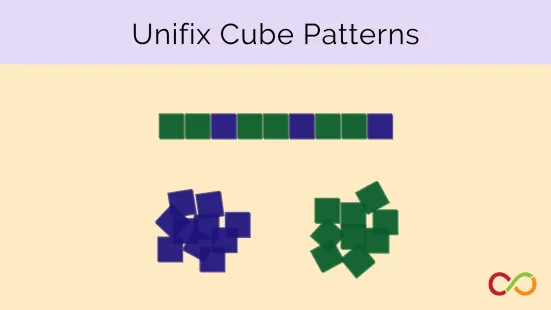
Unifix cubes are a great tool to use to explore patterns. In this lesson, children make their own patterns.
Potato Power
Image
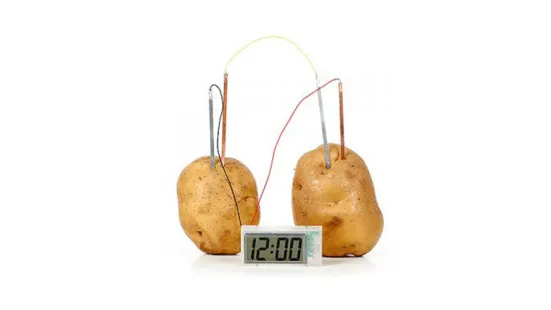
Investigate energy transformation and conservation. Demonstrate an understanding of the various forms and sources of energy and the ways in which energy can be transformed and conserved.
Proportions
Image
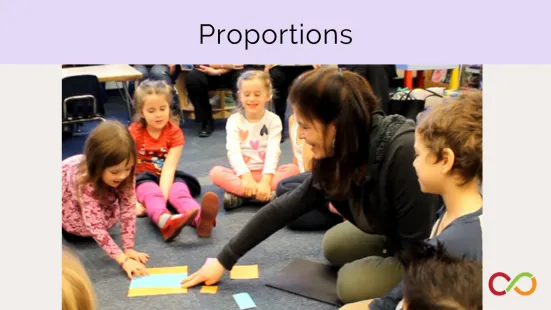
Students measure length and area through focused exploration in this guided activity.
Roll and Build Bingo
Image
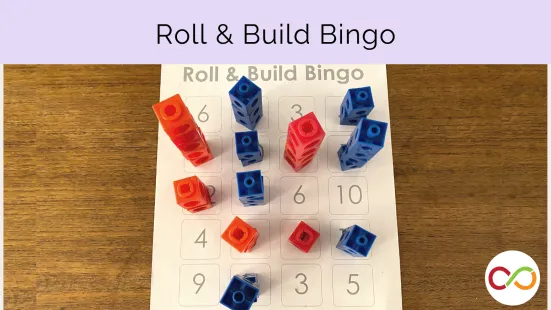
Students practice reading and representing numbers through a fun bingo game.
Salmon Inquiry: A Grade 2 Science Exploration
Image
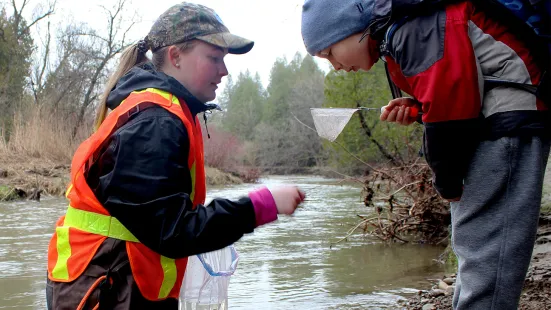
Raadiyah Nazeem is leading her students on an inquiry into salmon and she is sharing the journey with The Robertson Program.
Secret Shape Code
Image
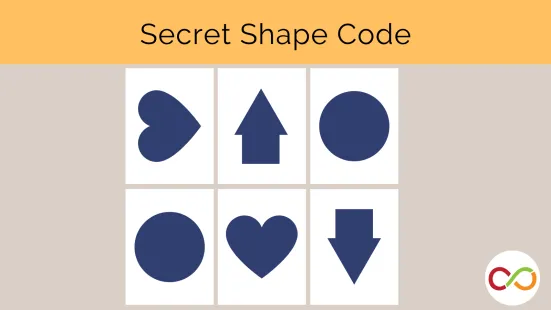
Students develop spatial skills by practicing how to describe the location and orientation of different cut-out shapes
Shape Shifter
Image
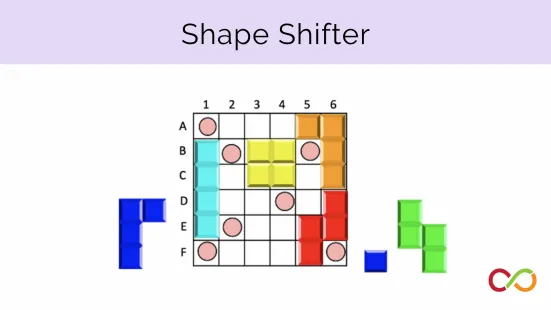
Enhance students spatial sense using grid coordinates, geometric transformations and problem solving.
Smarties Graph
Image
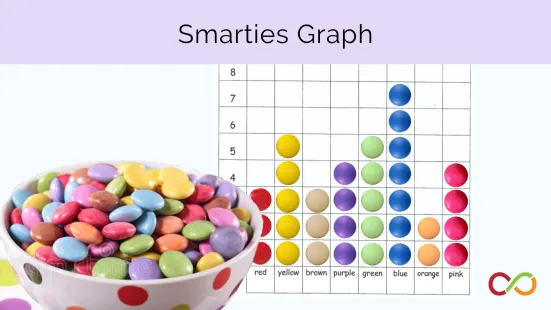
Every box of Smarties contains a different amount of each colour. Children graph what their box contains.
Solve the Broken Tangram Puzzle (The Warlord's Puzzle)
Image

Students use seven shapes to complete tangram puzzles. Students work in pairs, using spatial language to explain how to fit all pieces together.
Sorting Apples
Image
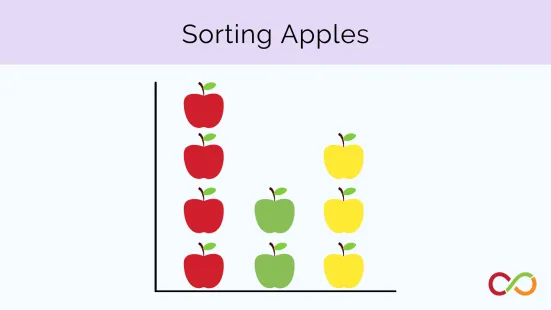
Students learn to graph using apple slices. They describe their findings using mathematical language.
Sorting Children
Image

Students organize, compare, contrast, and communicate how to sort and classify their classmates.
Sorting Materials
Image
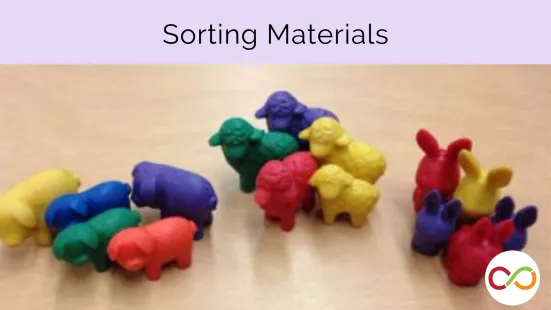
Students sort and describe different types of materials, such as little animals, beads, and shapes.
Spatializing Area
Image
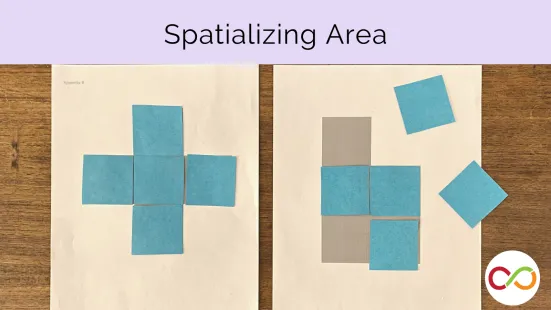
Students use cutout shapes to understand the relationship between size, area and relevant measurements.
Square Moves
Image

Students transform tiles from one configuration to another, using spatial language to communicate their thinking.
Square Tile Grid Symmetry Quick Image
Image
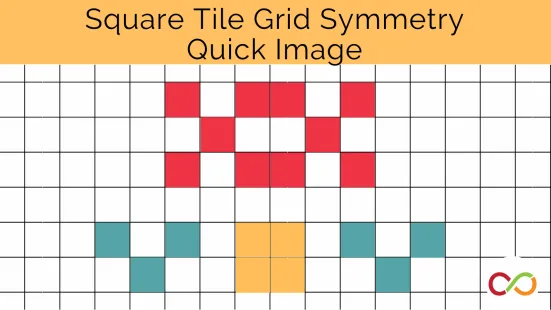
Students recreate a series of reflections made of square tiles from memory.
States of Water
Image
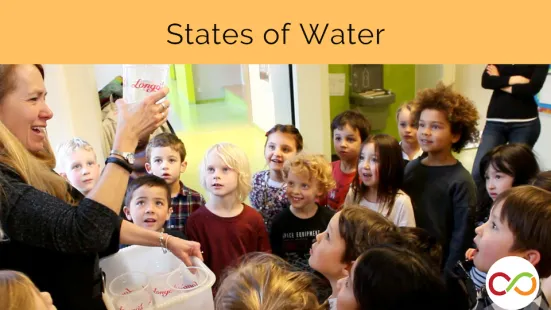
In this multi-part lesson, students investigate the properties of water in its various states.
Story Problems
Image
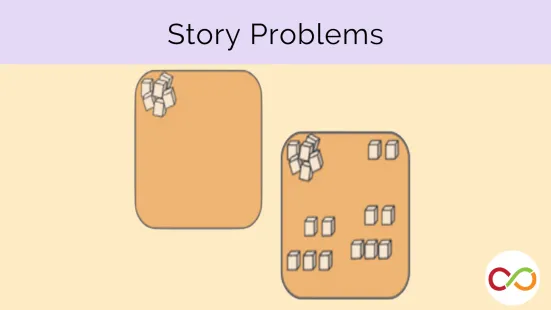
Story problems can be used throughout the year to reinforce number sense in a fun and engaging way!
Studying Water - Integrating Inquiry-Based Math, Science, Mapping and Social Justice - Part 1: Water Connections
Image

Using excerpts from books, students predict, collect samples, and compare their findings to make statistical inferences about larger sets of data.
Studying Water - Integrating Inquiry-Based Math, Science, Mapping and Social Justice - Part 2: Math Explorations - Central Tendency & Capacity
Image

Using excerpts from books, students predict, collect samples, and compare their findings to make statistical inferences about larger sets of data.
Studying Water - Integrating Inquiry-Based Math, Science, Mapping and Social Justice - Part 3: Introduction to Drinking Water Advisories
Image

Using excerpts from books, students predict, collect samples, and compare their findings to make statistical inferences about larger sets of data.
Studying Water - Integrating Inquiry-Based Math, Science, Mapping and Social Justice - Part 4: Mapping Drinking Water Advisories
Image

Using excerpts from books, students predict, collect samples, and compare their findings to make statistical inferences about larger sets of data.
Symmetry Game
Image
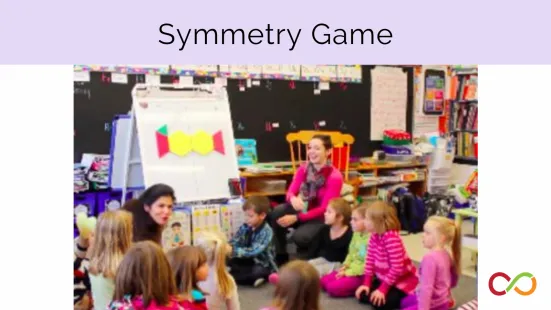
Allow children to be creative and practice the basics of symmetry through play with classmates.
Talking Tetris
Image
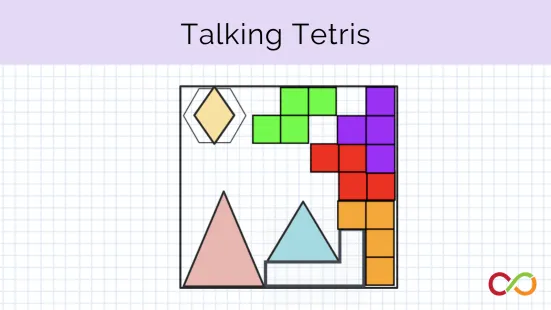
Students use directional vocabulary to compose and decompose structures on a grid using various 2D shapes.
Tangram Clan Animals
Image

Use tangram manipulative pieces to complete a puzzle that creates an image of a clan animal.
Terrific Transformations
Image
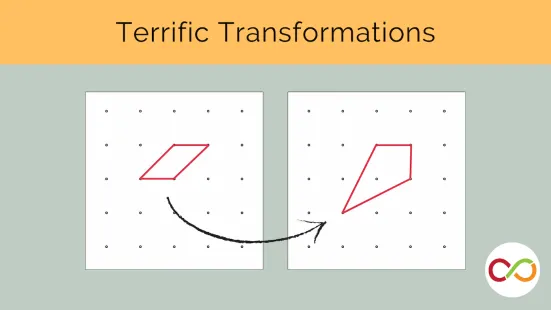
Students get practice visualizing and manipulating features of quadrilaterals as they compete to modify a shape using as few moves as possible.
The Plants Around Us
Image
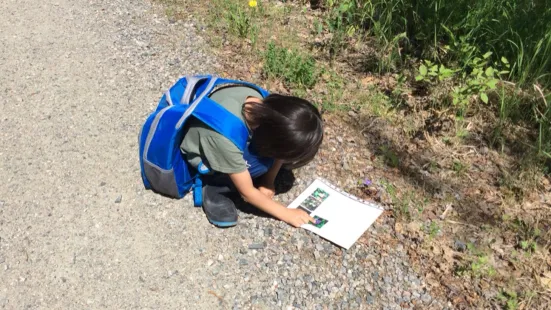
Students learn about the types and parts of a plant by exploring their natural environment.
Unifix Counting Towers
Image
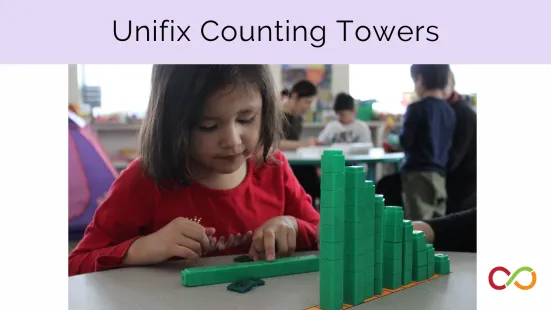
Students get their minds and hands engaged with numeracy while making Unifix Towers.
Upside Down World
Image
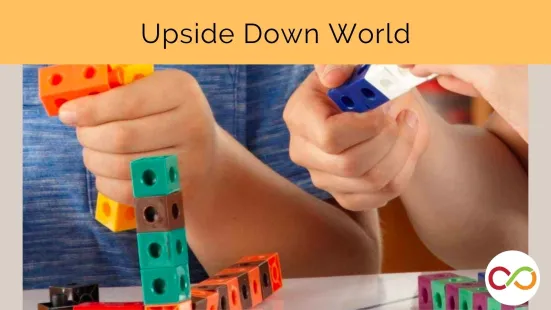
Students work with unifix cubes to rebuild "buildings" that have been turned upside down!
Using Names to Explore Graphing
Image
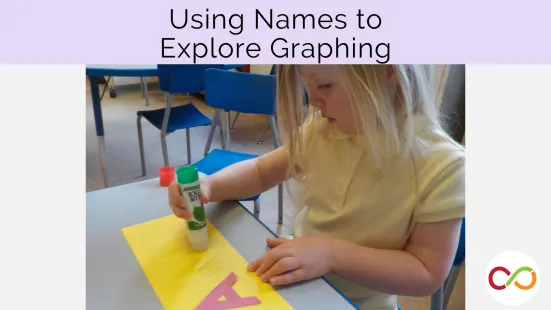
Integrate literacy and math by exploring the number of letters in each child's name.
We Are the Same
Image

Students are given a card with an equation, numbers or dots. They must determine who has an equivalent card.
What Colour is Your Iris?
Image
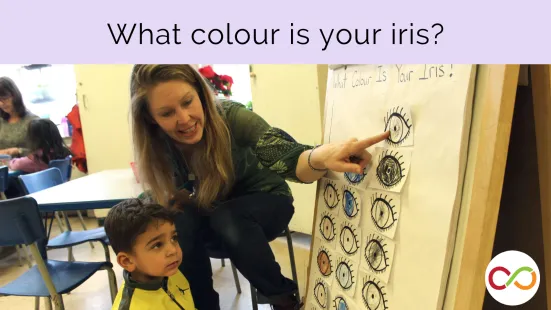
Students are introduced to graphing by observing the colour of their eye and comparing it to their classmates.
